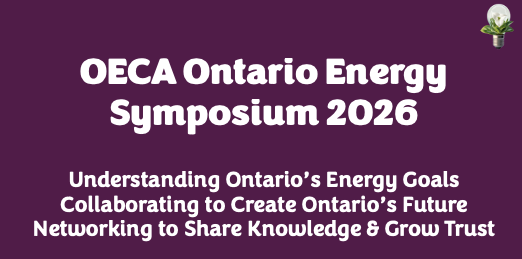When we collaborate, each of us recognizes and builds upon the strengths of others.
By complimenting good ideas and acknowledging useful efforts, we validate people’s contributions and create an environment where they feel valued and encouraged to share.
By complementing good ideas with additional insights or resources, we turn individual efforts into collective success.
When we collaborate to achieve shared goals, we enhance trust and innovation, empowering people and teams to build and deliver more value together than they could alone.
Don’t make the starting steps for collaboration more complicated than this…
Understand, clearly and simply, the goals you and your collaborator colleagues are thinking about and working to achieve.
As you begin to work together to achieve those goals, each collaborator should answer three basic starting-steps questions:
- Problem – simply stated, what is it and who experiences it?
- Solution – simply stated, is it validated and what are its features?
- Benefits – simply stated, what are they and who receives them?
Supporting Viewpoints with Data
The answers to the Problem-Solution-Benefits questions will illustrate each person’s viewpoints.
These viewpoints may be:
- fully validated or fully biased,
- fact driven or intuitive,
- combinations of the above.
While these descriptions may seem to be polar opposites, they are not meant to imply viewpoint accuracy or lack of viewpoint accuracy. They are meant to provide a framework for understanding how people arrive at viewpoints.
Viewpoints carry various levels of uncertainty. It is important to understand the level of uncertainty. Ray Dalio, in his book ‘PRINCIPLES’, provided detailed insights into believability-weighted decision-making.
Summing up
As collaborators, we must begin by sharing thoughts and understanding one another’s:
- Problem(s): Clearly defining the issue at hand and identifying who is most impacted by it.
- Solution(s): Determining if the proposed solution has been validated and outlining its key features and viability.
- Benefit(s): Clarifying who will benefit from the solution and what the tangible or intangible gains will be.
- Believability-Weighting of Viewpoint(s): Assessing the credibility of each collaborator’s viewpoint, using a believability-weighted approach to better inform decisions. This involves not only understanding the source and reasoning behind each viewpoint but also recognizing the level of experience or expertise behind it.
And, as a final step, tracing the data: For energy collaborations, this involves following both the electrons (the technical and operational aspects, such as energy usage, efficiency, or digital patterns) and the dollars (financial impacts, cost savings, and economic benefits). By doing this, we align insights with practical outcomes, making decisions that are both data-driven and fiscally responsible.
This approach ensures that collaboration is not just about exchanging ideas but about validating, improving, and scaling them in a way that leads to better solutions, reduced uncertainties, and maximized (shared) value.


